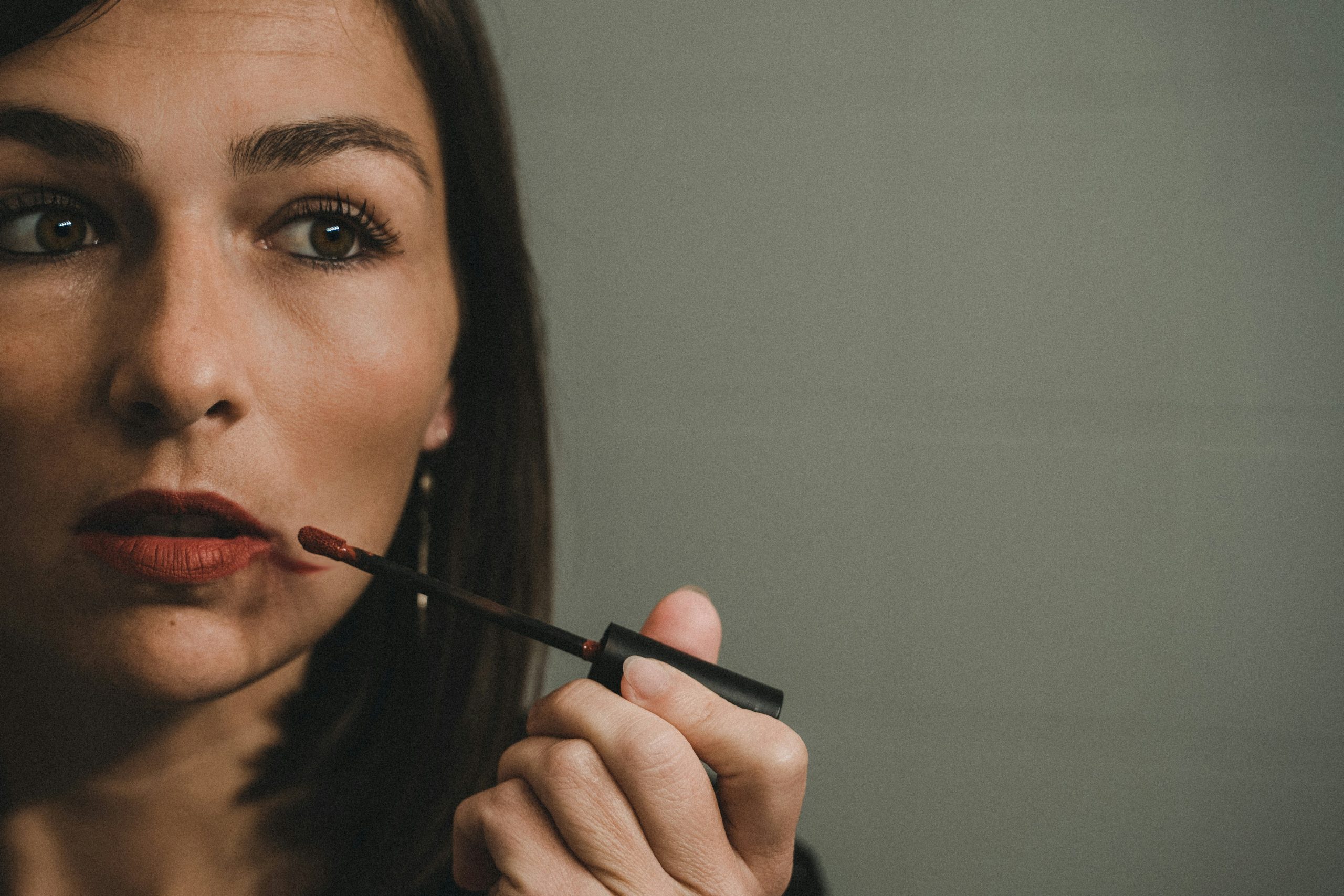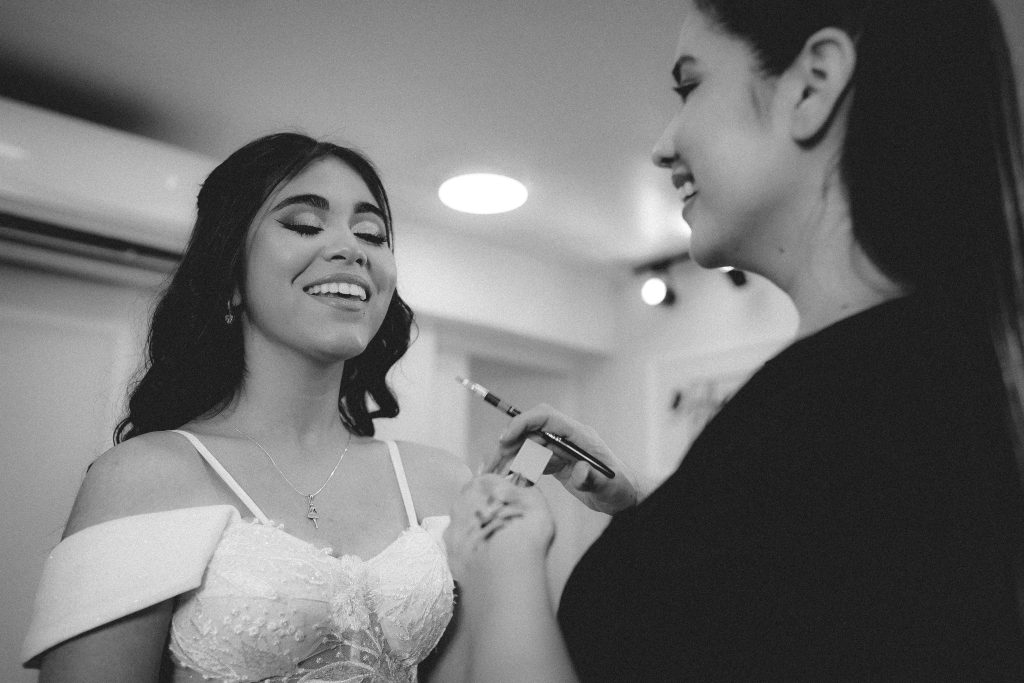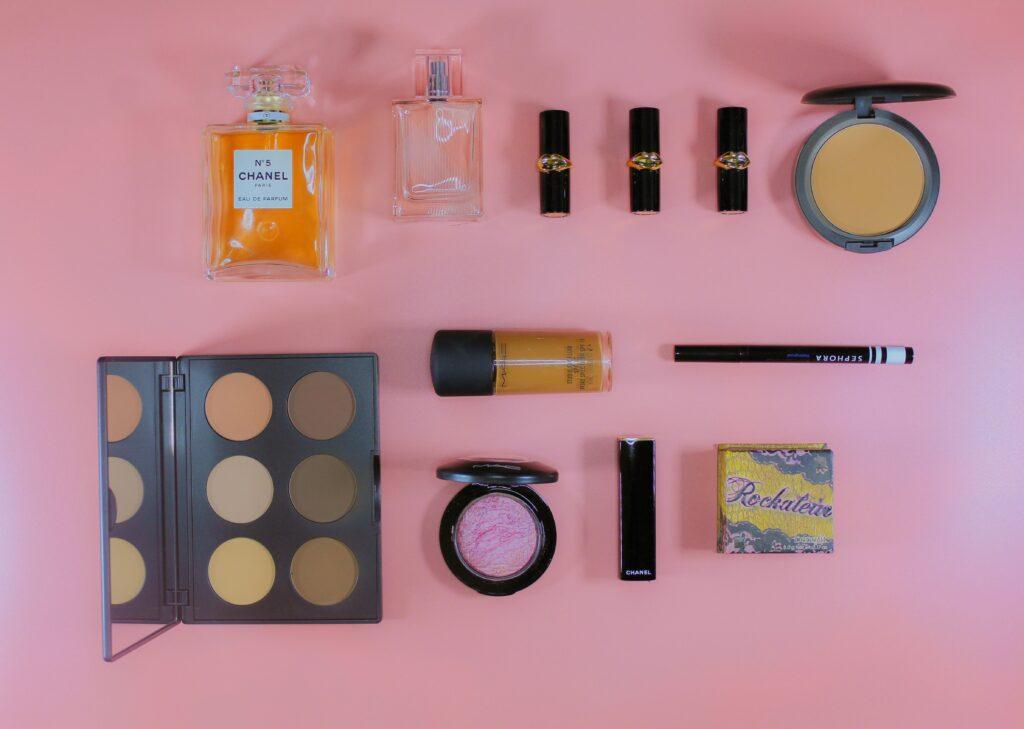Ever stared at your makeup kit like “What even am I supposed to do with all this?” You’re not alone. Whether you’re looking to impress clients or level up your Instagram game, mastering the art of makeup takes more than just swiping on a bit of foundation. But don’t worry—today, we’ve got the golden cheat codes to help you create jaw-dropping looks without breaking into a nervous sweat.
Welcome to your go-to guide for pro-level makeup artist tips! In this article, you’ll discover insider secrets for flawless application, client-pleasing techniques, and how to navigate common rookie mistakes (like that time I used glitter eyeliner *way too close* to a bride’s wedding day).
Table of Contents
- Key Takeaways
- The Problem With Bad Makeup Skills
- Step-by-Step Guide for Flawless Techniques
- Pro Tips You Can’t Ignore
- Real-World Examples from Top Artists
- FAQs About Makeup Artistry
- Conclusion
Key Takeaways
- Prepping the skin is non-negotiable if you want your makeup to last.
- Invest in high-quality brushes—they make a world of difference.
- Master blending; it’s literally the backbone of good artistry.
- Know your clients’ preferences while maintaining creative boundaries.
- Skip overused “tricks” unless they actually work for the look.
The Problem With Bad Makeup Skills
I once took on a gig where the client requested “natural glam.” Feeling confident, I went full contour mode à la Instagram influencers. The result? She looked less “glamorous goddess” and more “bronzed alien.” Mortifying, right? But this taught me something crucial:
There’s a fine line between enhancing someone’s features and turning them into an unintentional caricature.
If you skimp on technique or fail to understand your tools, things can spiral fast. And let’s be honest—it’s not just about avoiding disasters. Poorly executed makeup often leads to unhappy clients, bad reviews, and fewer bookings.
Rant Time: Stop Overusing That One TikTok Hack!
“Oh my gosh, have you tried baking under your eyes for 40 minutes?” *insert eyeroll here.* Look, trends are fun, but some hacks aren’t meant to leave TikTok. Just because a technique went viral doesn’t mean it works universally. Save yourself—and your client—the headache by sticking to methods proven effective across multiple scenarios.
Step-by-Step Guide for Flawless Techniques
Step 1: Perfect Skin Prep
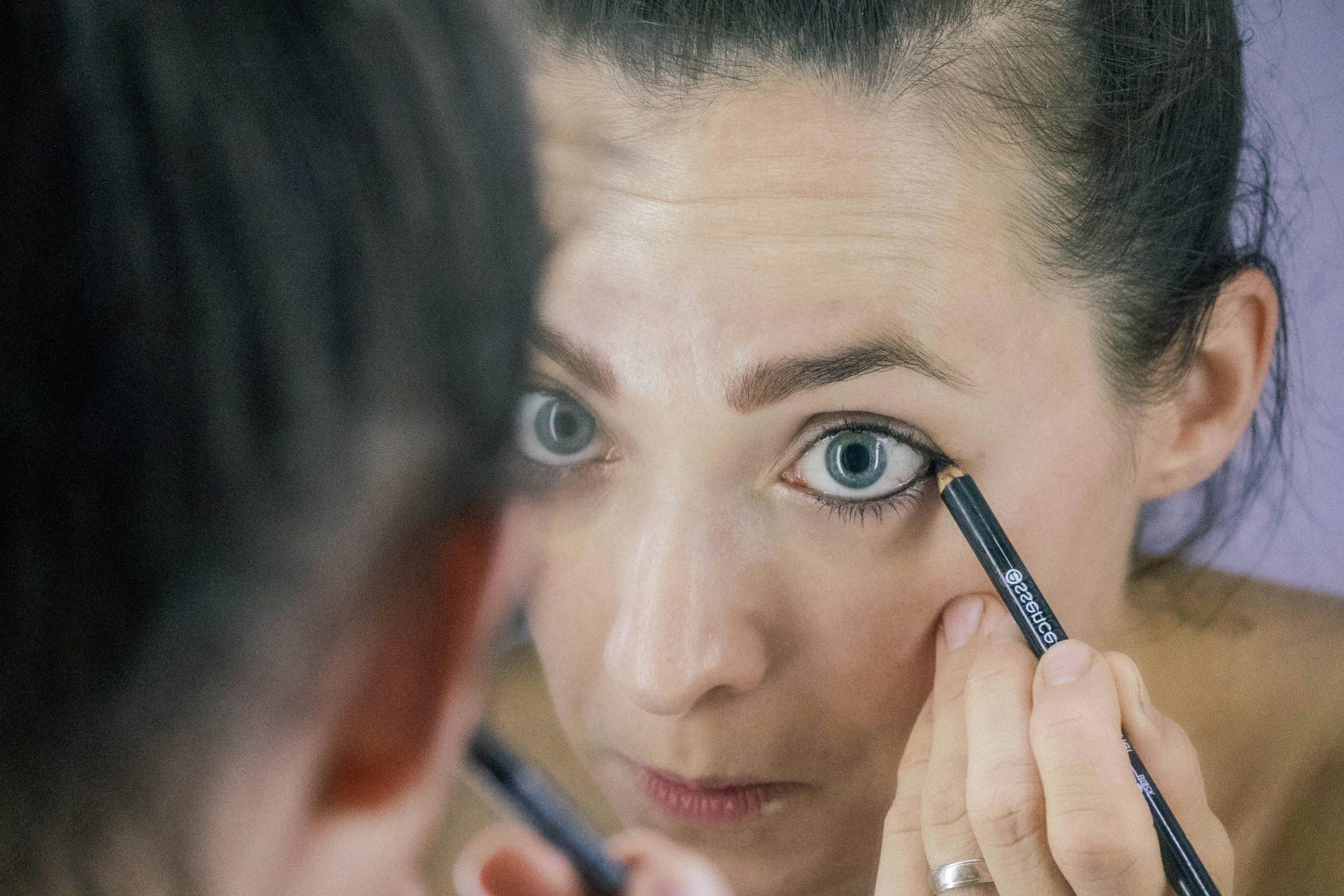
Before diving into makeup, prep the canvas. Start with cleansing, toning, and moisturizing based on the client’s skin type. A hydrated base ensures smoother application and longer wear.
Grumpy Me: “Do I really need primer?” Yes. Always. Chef’s kiss essential.
Step 2: Foundation Application Like a Pro
Choose the right formula for the occasion. For photoshoots? Go lightweight for airbrushed vibes. Bridal gigs? Matte finishes will save lives during sweaty dance floors.
- Use a damp beauty sponge for seamless blending.
- Blend outward and upward for lift—not drag.
Step 3: Eyes That Pop
Start light and build intensity. Apply transition shades first, then move to deeper colors for dimension. Blend edges until no harsh lines remain—it should feel soft yet defined.
Pro Tips You Can’t Ignore
Here’s the tea on making every session unforgettable:
- Tailor Looks to Clients’ Preferences: Ask questions before touching their face.
- Blending Is Everything: If it looks streaky, blend again. Repeat as needed.
- Mascara = Magic Wand: Invest in waterproof formulas if tears are likely.
- Avoid Overloading Brushes: Less product means better control.
Bonus Tip: Use Setting Spray Religiously
This stuff locks everything down and prevents midday meltdowns. Think of it as spray-on security.
A Terrible Tip Disguised as Advice:
One blog suggested using cooking oil as a DIY highlighter. Uh, NO. Don’t risk ruining pores for a shiny cheekbone moment—stick to legitimate products designed for faces, please.
Real-World Examples From Top Artists
Take Pat McGrath, the Queen of Runway Glamour. Her ability to reinvent classic styles proves that understanding timeless techniques beats chasing fleeting fads. Or consider James Charles, whose bold editorial creations show what’s possible when creativity meets expertise.
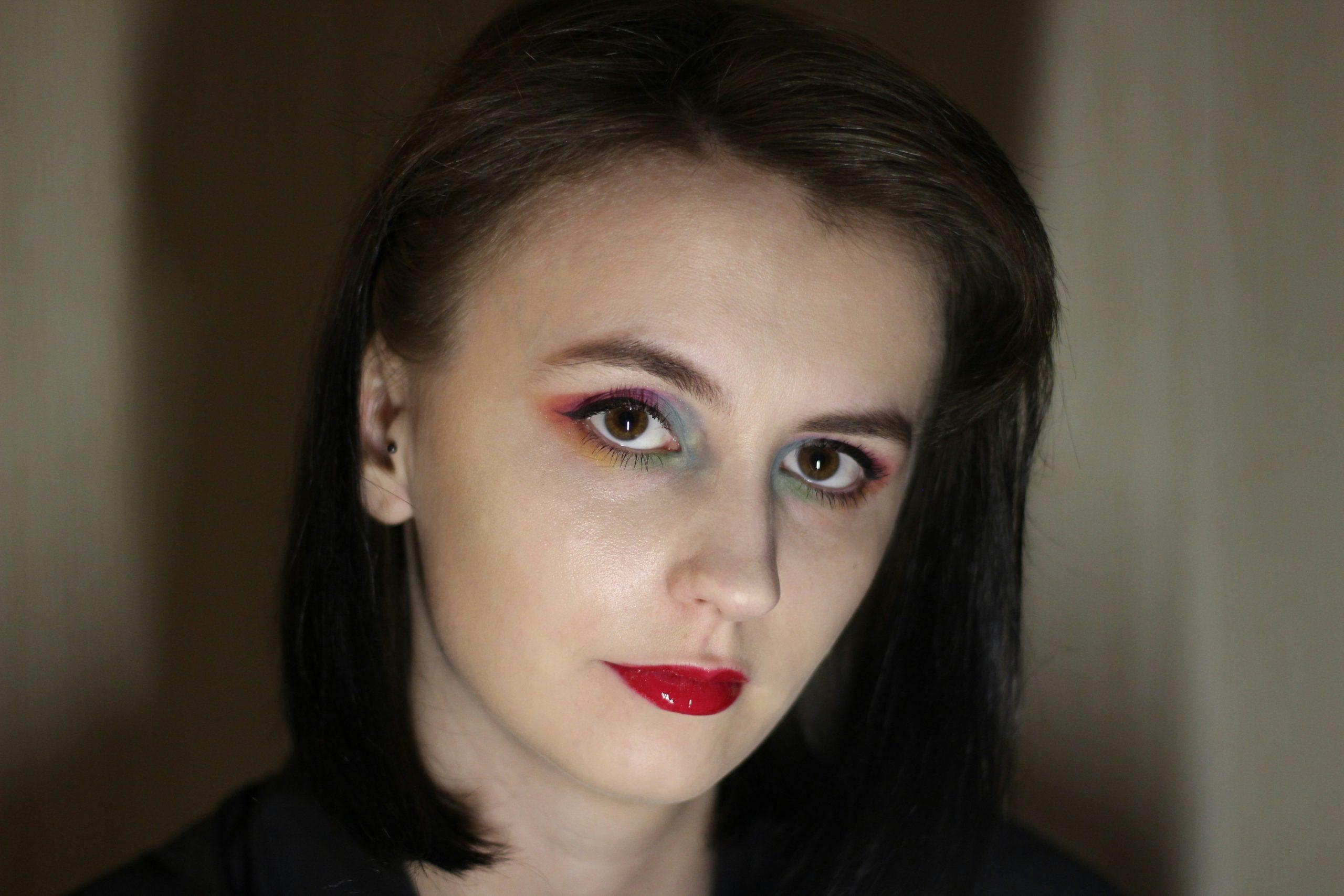
FAQs About Makeup Artistry
Q: How Long Does It Take to Become a Skilled Makeup Artist?
A: It depends! Practice daily, experiment fearlessly, and seek feedback consistently. Most pros hit their stride after 2–5 years of serious dedication.
Q: Should I Specialize in a Specific Style?
A: Specialization helps stand out, especially early on. Wedding makeup, special effects, or editorial styling could become your niche.
Q: What Tools Are Non-Negotiable?
A: Quality brushes, primers, setting sprays, and a reliable concealer stick. Oh, and pack plenty of cotton swabs for those oopsie moments.
Conclusion
Becoming a stellar makeup artist isn’t just about talent—it’s about discipline, creativity, and knowing which rules to bend (and which to break). Remember, practice makes progress, and even seasoned artists occasionally botch jobs (*cough* that glitter eyeliner incident *cough*).
So go forth armed with these makeup artist tips, ready to slay—from bridal blushes to avant-garde masterpieces. Because hey, owning your craft feels kind of like finally leveling up in Candy Crush: totally chef’s kiss worth it.
And now, since Y2K nostalgia never truly dies…
Foundation flows, Brushstrokes glide smooth as silk, Glam dreams live on.
